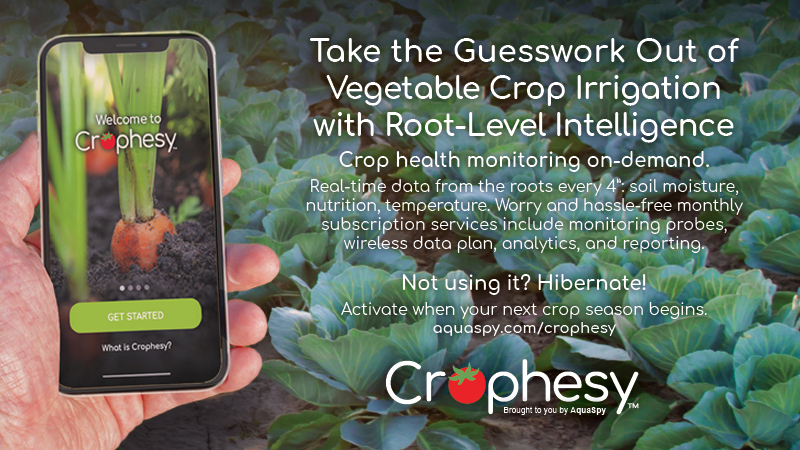Profit-Driven Videos A Hit
There’s a fundamental question behind every single decision a vegetable grower makes: “What’s the impact to my bottom line?”
When “A positive impact,” is the answer, then the decision is usually easy.
That’s why the new Treatment Window series launched recently on GrowingProduce.com is quickly gaining momentum. Positive, bottom-line impact is the driving principle behind the Treatment Window concept, which teaches growers how to track and define all of the variables that make precise applications a reality.
Developed over a 40-year span among America’s top entomologists, the Treatment Window concept accounts for all of the variables that combine to drive insect management decisions: pest populations and pest movement, weather, crop/pest synchronization, time to harvest, and the tools being used. Understanding the impact of each variable, and how each is affected by the others, makes for a precise decision-making strategy and highly concise application timing.
Concise and precise means more effective, and potentially fewer sprays. And that translates directly into dollars.
The Window Of Opportunity Is Finite
Brian Flood is an entomologist with Del Monte foods and part of the team of experts that collaborates on the Treatment Window concept. Since joining Del Monte, Flood says he has saved growers millions of dollars simply by helping them understand the big picture when it comes to controlling insects in their fields. The Treatment Window concept is based on the fact that time allotments for meaningful insect control applications are both variable and finite in nature: These windows happen at certain times and only last for so long.
The Treatment Window series is as much about when not to treat as it is about knowing when the time is right. If the variables are not properly aligned, then treatments are ill-advised and serve only to minimize profit.
In the first half of the series, Flood examines the variables that help determine when the Treatment Window appears:
• Pest Populations. Dead bugs don’t lay eggs.
• Dispersal. The vast majority of the insects in your field came from somewhere else. How and when?
• Landscape. Determine how production in and around your area affects what pests you battle.
• Crop/Pest Synchronization. Crops and insects are only vulnerable at particular stages in their development and co-existence.
After gaining sufficient understanding on all of the variables that help define the Treatment Window, Flood then takes growers through the process of building their own Treatment Window chart — for any crop in any region, against any pest.
The series will conclude with six special videos devoted to Treatment Windows for several crop areas: peppers, tomatoes, cucurbits, leafy vegetables, potatoes, and green beans. In these installments, Flood will be joined by fellow experts.









